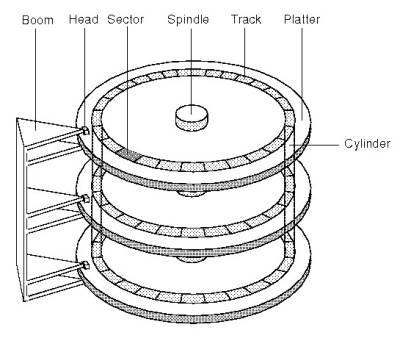About
A sector is the block (minimal persistent unit) on a disk at the physical level.
It is not possible to modify any part of the disk smaller than a sector. To change a part of the disk smaller than a sector, you have to read in the full sector that contains the part you want to change, make the change, then write back out the complete sector.
On a spinning disk, a sector is the minimum unit of transfer in both directions, both reading and writing. On flash memory, however, the minimum size of a read is typically much smaller than a minimum write.
In essence, the sectors are numbered 0, 1, 2, etc. up to (N-1), where N is the number of sectors on the disk.
The master boot record (MBR) and the boot sector are two disk sectors that are critical to the startup process.
Size
Until very recently all disk drives used a 512 byte sector internally, however, the sector size of disks is increasing to 4096 bytes.
The real size can be asked to the file system API of the operating system
Write
A sector write is assumed to be linear. When writing a sector, the hardware begins at one end of the data and writes byte by byte until it gets to the other end.
The write might go from beginning to end or from end to beginning.
If a power failure occurs in the middle of a sector write it might be that part of the sector was modified and another part was left unchanged. The write operation is therefore not atomic
Operating system
- The operating system file system groups sectors into a cluster, therefore a applications reads and write cluster and cannot read and write sector if they are using the operating system file system via the operating system api
- The terms block and sector are sometimes used interchangeably in a OS context since it's possible to define a cluster as being a single sector,

